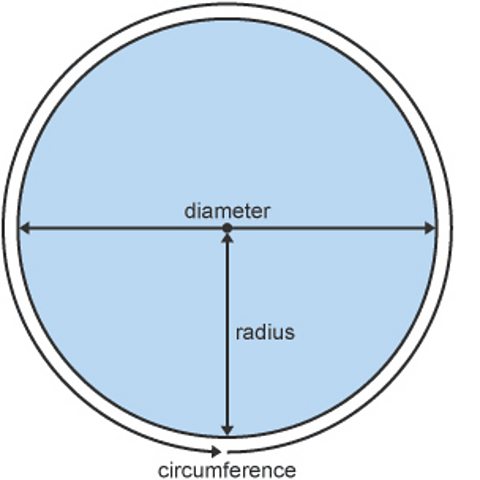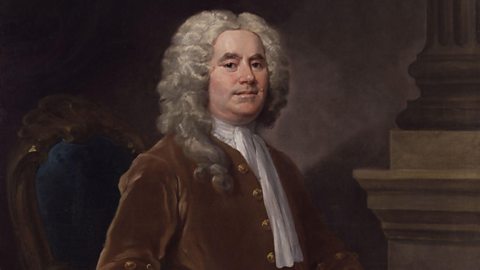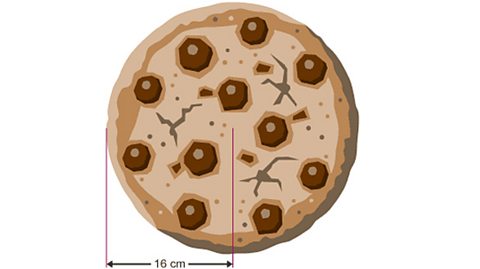Pi is a remarkable number. But why? And what's the connection between Pi, Anglesey and Albert Einstein?

What is Pi?
Pi is a number used by school pupils, mathematicians, scientists and engineers across the world when discussing circles.
There is a relationship between the circumference of a circle (the distance around a circle) and its diameter (the distance across the centre of the circle).
The circumference of a circle is about three times greater than its diameter. To be precise, the circumference of a circle is 'Pi' times greater than the diameter.
So, circumference = ¤Ç x diameter or C =¤Çd
Pi is 3.141592ÔÇŽ and the number of digits after the decimal point is endless. Yes, Pi is a number that goes on forever!

Why do we celebrate Pi on March 14?
The idea to celebrate Pi on this date came from the United States. In the USA, they write dates in the month/date/year format. So March 14 is 3/14 which is the first numbers of Pi!
Celebrating Pi day is an opportunity to recognise the work of mathematicians throughout the ages, and to hold fun activities such as Pi baking, trying to remember Pi's digits, creating Pi chains, and making Pi formations in fields with crowds of people. What would you do?

Pi and Wales
William Jones, a mathematician from Anglesey, was the first to use the ¤Ç symbol for the Pi number.
He realized that the number went on forever, so it needed a symbol. There is a plaque to record this on the wall of Ysgol Llanfechell, where William was a pupil.
Did you know?
- A man from India managed to remember 70,000 of Pi's digits. It took almost ten hours to recite all the digits.
- Pi socks, Pi shirts and even a Pi tie can be bought.
- Kate Bush released a song called Pi, singing the Pi number up to a hundred digits!
- Albert Einstein was born on 14 March 1879, which is also Pi Day!
- The largest number of people to make a Pi shape is 847.
- Today, computers have managed to calculate Pi's size for a trillion digits after the decimal point.
Circles - KS3. revision-guide
How to use Pi to calculate the circumference and area of a circle

Erthyglau a chwisiau. collection
Chwilio am erthyglau diddorol a chwisiau heriol? Edrycha fan hyn!

Circles - GCSE. revision-guide
Learn about the different parts of a circle
